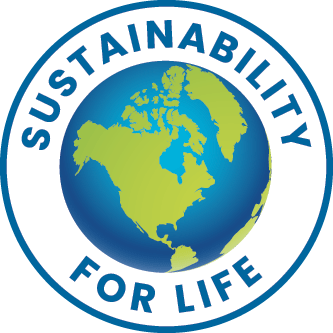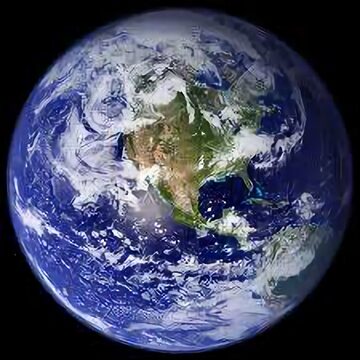
Improve U.S. Water Resource Efficiency
““The United States can make much better use of it’s water resources”.
H. William Clark
sustainabilityforlife.com
Note: Communicating this information as news to others is free of charge. 8
Follow this link for a printable .PDF version of this information
Improve U.S. Water Resource Efficiency
““The United States can make much better use of it’s water resources”.
H. William Clark
sustainabilityforlife.com
Note: Communicating this information as news to others is free of charge. 8
Follow this link for a printable .PDF version of this information
Improve U.S. Water Resource Efficiency
““The United States can make much better use of it’s water resources”.
H. William Clark
sustainabilityforlife.com
Note: Communicating this information as news to others is free of charge. 8
Follow this link for a printable .PDF version of this information
Introduction
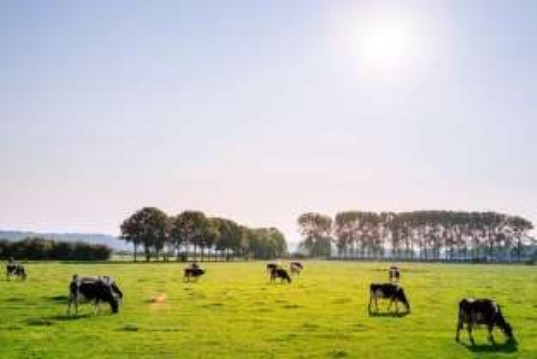
The Current Situation
One Viable Solution
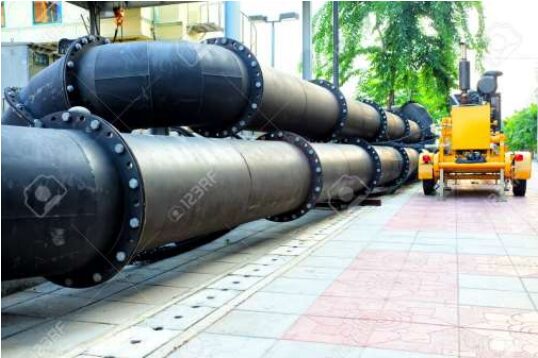
Water Project #1: Much stricter pollution control in the Midwest
Water Project #2: Install the pipeline and pump system
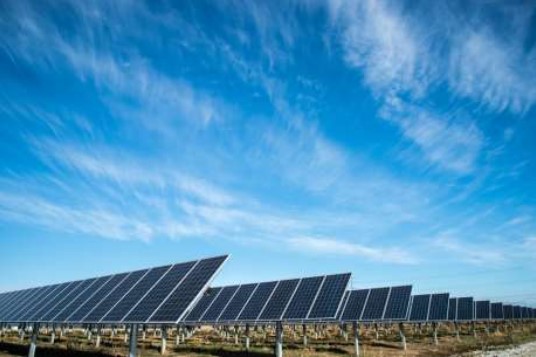
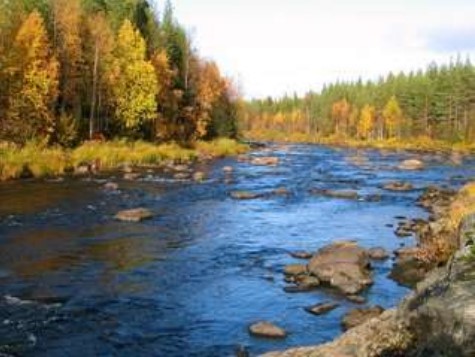
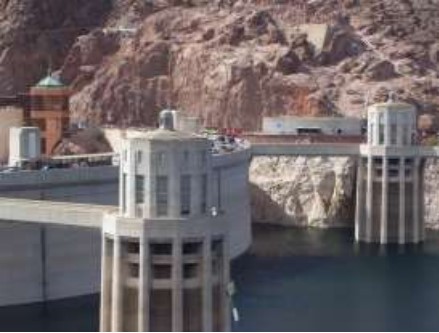
A Word on Paying the Cost for this Large Water Project
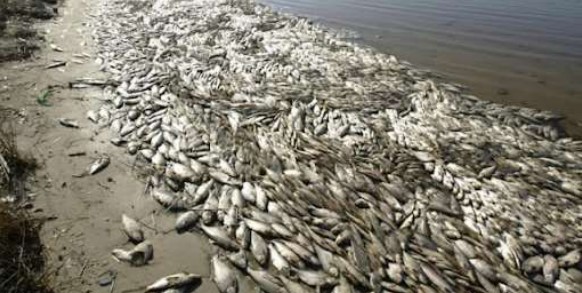
Important Issues
Additional Comment on Rainfall in the
Northwest U.S.

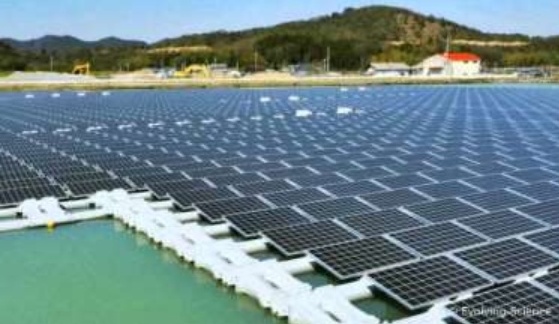
Additional Comment on Rainfall in the East Texas
Citations
H. William Clark, born in America, resides in Texas
